Mileva Marić, Einstein’s Brilliant First Wife, Was Forgotten In History
Mileva Marić, a woman of significant intellect and potential, was often overlooked in history. At a very young age, she showed promise in mathematics and physics.Her journey intertwined with that of Albert Einstein, with whom she shared a passion for scientific exploration.
Many historians argue that Marić played a crucial role in Einstein’s early discoveries, yet be denied credit later on. What’s the truth? Dig into the article to find out.
Mileva’s excellent education
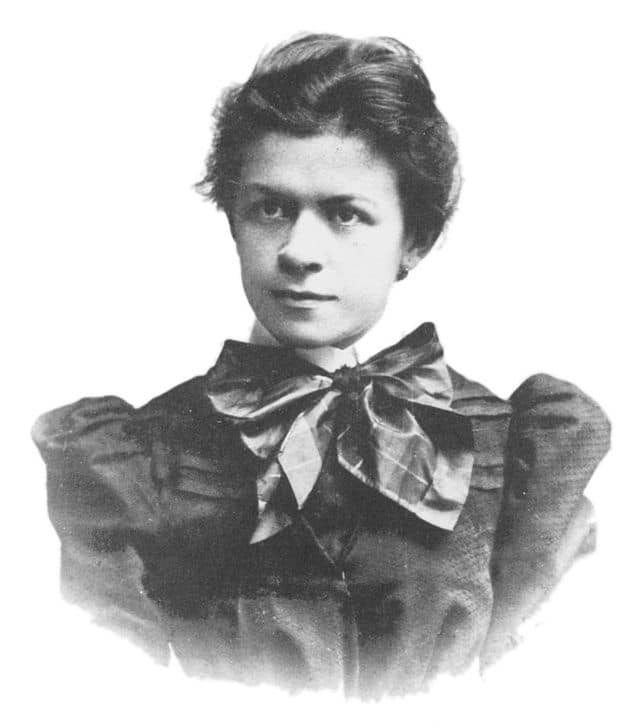
Mileva Einstein-Maric was born in 1875 in Titel, Austria-Hungary, which is now part of Serbia. Coming from a well-to-do Serbian family, she received a solid education. As a teenager, she attended an all-boys’ school in Zagreb, where she excelled in mathematics and physics. Pursuing her passion for science, she moved to Switzerland to further her studies.
In 1896, after completing high school, Maric enrolled at the University of Zurich. However, she soon transferred to the Zurich Polytechnic School, now known as the Swiss Federal Institute of Technology (ETH Zurich). There, she formed a close friendship with Albert Einstein, bonding over their shared love for science.
Relationship with Albert Einstein
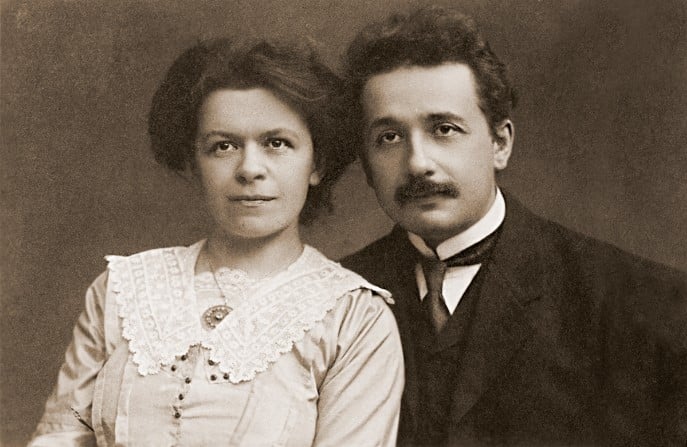
At first, Maric excelled in her courses and spent a semester in Heidelberg, Germany. During this time, she and Einstein corresponded frequently, with him affectionately calling her “Dollie” and urging her to return.
Their friendship blossomed into a romantic relationship upon her return. While Maric’s parents approved of Einstein, his parents disapproved due to her being older and from a different cultural and religious background.
Despite their growing relationship, Maric struggled academically. She failed her final exams in 1900, while Einstein graduated and began seeking employment. Maric stayed in Zurich, working in a lab and preparing to retake her exams, but she failed again.
During this period, she discovered she was pregnant with Einstein’s child.
In early 1902, Maric gave birth to their daughter, Lieserl, while staying with her family. The fate of Lieserl is unclear, with some accounts suggesting she was given up for adoption. The last known reference to her is in a 1903 letter mentioning that she had scarlet fever.
How different Maric life with and without Einstein was
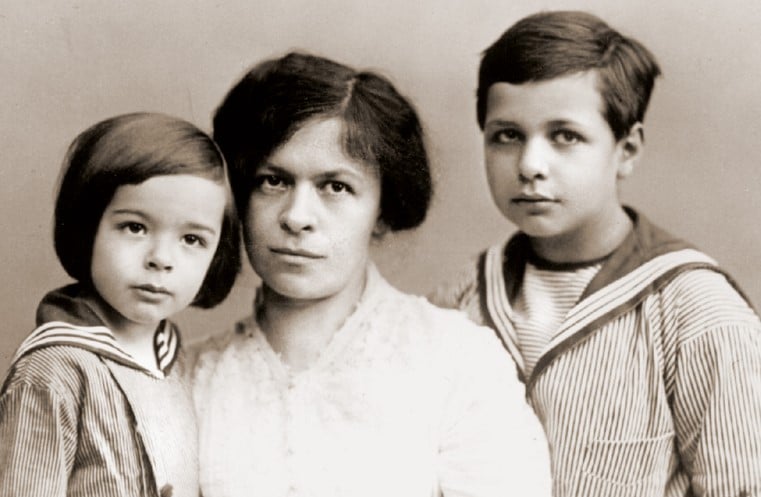
Einstein and Maric reunited and married on January 6, 1903, in a simple ceremony in Bern, Switzerland.They had their first son, Hans Albert, in 1904, and their second son, Eduard, in 1910.
The family moved to Prague in 1911, where Albert became a professor at the German University. However, they soon relocated to Zurich in 1912 when Einstein secured a position at the ETH.
During this period, Einstein began an affair with his cousin, Elsa Lowenthal. In 1914, he moved to Berlin, where Lowenthal lived, taking up two positions there.
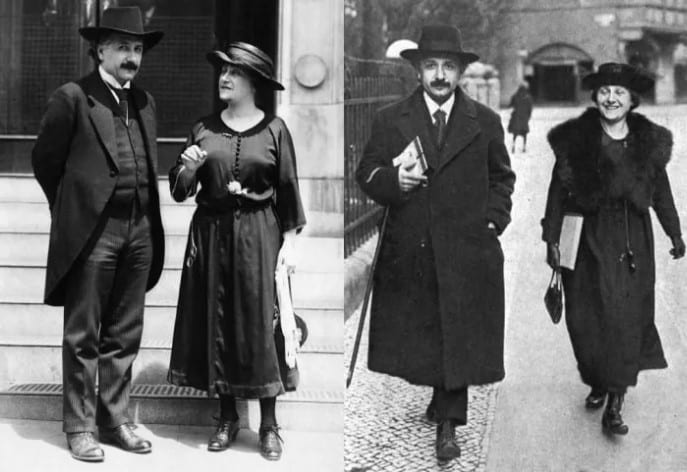
Einstein asked Maric for a divorce in 1916, which was finalized after World War I. As part of their divorce agreement, Maric was promised the monetary award of the Nobel Prize if Einstein won it, which he did in 1921.
Post-divorce, Maric struggled financially, running a boarding house and giving lessons. Her life took a tragic turn in 1930 when Eduard had a mental breakdown and was diagnosed with schizophrenia, spending the rest of his life in institutions.
Hans Albert emigrated to the United States in 1938 and later became a professor at the University of California in 1947. Maric passed away in 1948.
Debate over collaboration with Einstein
Historians debate whether Mileva Marić significantly contributed to Albert Einstein’s early work, including the Annus Mirabilis Papers. Some argue she made no notable scientific impact, viewing her role as primarily supportive. Others suggest she may have provided material assistance to his research or even collaborated on scientific concepts during their student years together.
Debate over co-authorship
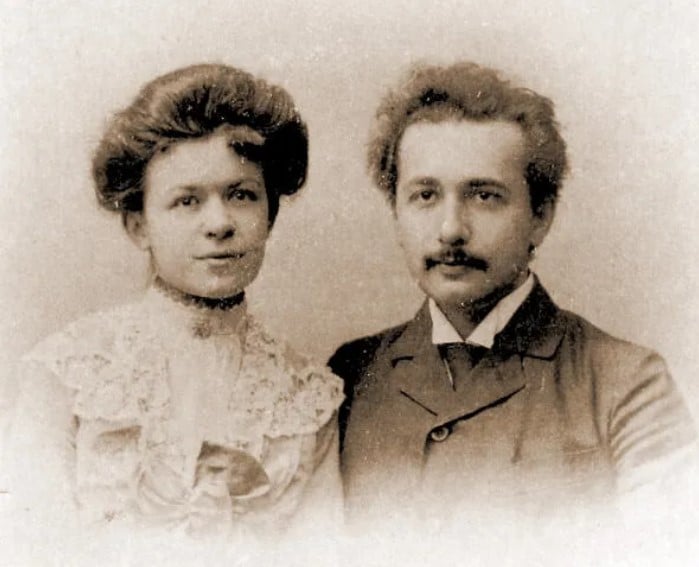
The debate over whether Mileva Marić should be considered a co-author of Albert Einstein’s early work, particularly the 1905 papers. It revolves around a passage in Russian physicist Abram Joffe’s personal memoirs.
“In 1905, three articles appeared in the ‘Annalen der Physik’, which began three very important branches of 20th century physics. Those were the theory of Brownian motion, the photon theory of light, and the theory of relativity.
The author of these articles – an unknown person at that time, was a bureaucrat at the Patent Office in Bern, Einstein-Marity (Marity the maiden name of his wife, which by Swiss custom is added to the husband’s family name).”
Some argue Joffe mistakenly referenced the addition of the name “Marity,” Marić’s maiden name, due to a misunderstanding of Swiss naming customs. Critics contend Joffe likely did not have access to the papers before publication and might not accurately recall specific details.
Mileva told a Serbian friend, referring to 1905, that “we finished some important work that will make my husband world famous.” Historians Highfield and Carter G. Woodson argue that this statement is “hometown folklore.”
Debate over collaboration
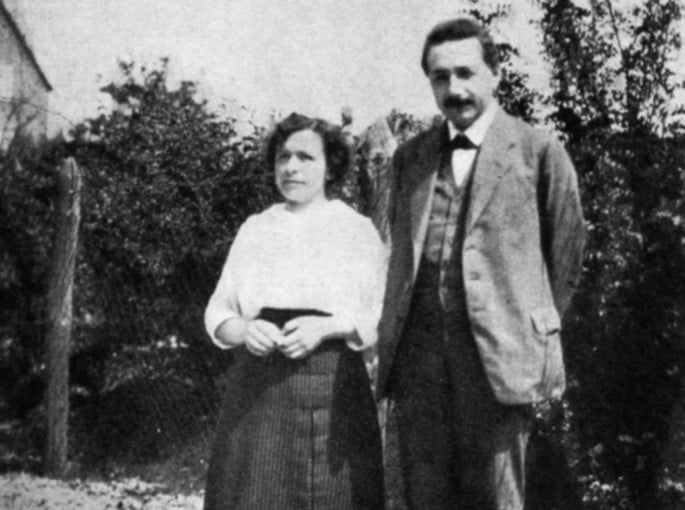
Some of the debate over whether Marić collaborated with Einstein is based on their letters:
John Stachel argues that during their student years, Albert Einstein referred to “our” theory and “our” work in letters written at least four years prior to his 1905 papers. He suggests these references may have pertained to their diploma dissertations, where both had chosen the same topic of experimental studies on heat conduction.
Stachel highlights Einstein’s consistent use of “I” and “my” when discussing specific ideas he was developing, such as in his studies on the electrodynamics of moving bodies, compared to fewer instances of “our” references concerning the problem of relative motion.
He points out that surviving letters from Mileva Marić show no direct response to Einstein’s discussions of his latest ideas. Her correspondence focuses on personal matters or comments related to her studies at the Polytechnic.
Stachel argues that there are no published papers, letters containing serious scientific content to Einstein or others, or objective evidence of her creative abilities in science. He also notes the absence of accounts from others about specific scientific discussions or her own ideas.
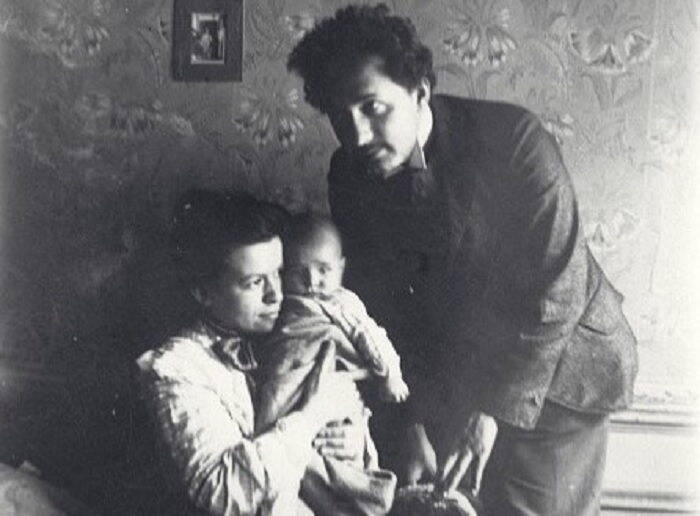
Debates about Mileva Marić’s collaboration with Albert Einstein center on various pieces of evidence. Some scholars contend there isn’t sufficient proof that Marić contributed significantly to Einstein’s theories.
However, others point to correspondence suggesting a collaborative effort, at least until 1901 before their children were born.
Evidence supporting Marić’s involvement includes accounts from her brother and other relatives who witnessed her discussing physics with Einstein during their marriage.
Their son, Hans Albert, noted that although Marić set aside her scientific aspirations after marrying Einstein in 1903, he remembered them continuing their scientific work together in the evenings at the same table.

